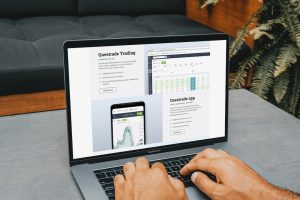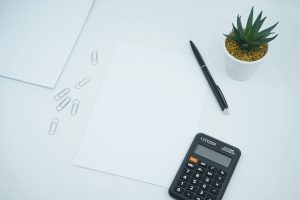Forex exchange, also known as foreign exchange trading or simply forex, is the buying and selling of currencies with the aim of making a profit. It is the largest financial market in the world, with daily transactions exceeding $5 trillion. Forex trading can be a lucrative endeavor, but it requires a solid understanding of the market and trading strategies. In this article, we will discuss how to play forex exchange.
1. Understanding the basics of forex trading
The first step in playing forex exchange is to understand the basics of forex trading. The forex market is a global decentralized market where currencies are traded. The value of each currency is determined by its supply and demand in the market. Currencies are traded in pairs, with the first currency being the base currency and the second currency being the quote currency. For example, in the EUR/USD pair, the euro is the base currency and the US dollar is the quote currency.
2. Choosing a forex broker
To trade forex, you will need to open an account with a forex broker. There are many forex brokers to choose from, and it is important to choose a reputable broker with a good track record. Look for a broker that is regulated by a reputable regulatory authority, such as the Financial Conduct Authority (FCA) in the UK or the National Futures Association (NFA) in the US.
3. Developing a trading strategy
A trading strategy is a set of rules that guides your trading decisions. It is important to develop a trading strategy that suits your trading style, risk tolerance, and financial goals. Your trading strategy should include your entry and exit points, stop-loss levels, and profit targets. There are many trading strategies to choose from, such as swing trading, scalping, and trend trading.
4. Analyzing the market
To make informed trading decisions, you need to analyze the market. There are two main types of analysis – fundamental analysis and technical analysis. Fundamental analysis involves analyzing economic and political factors that affect the value of currencies. Technical analysis involves analyzing price charts and using technical indicators to identify trends and patterns.
5. Placing trades
Once you have analyzed the market and developed a trading strategy, it is time to place trades. You can place trades manually or use automated trading software. When placing trades, always use stop-loss orders to limit your losses if the market moves against you. It is also important to manage your risk by never risking more than you can afford to lose.
6. Monitoring your trades
Once you have placed trades, it is important to monitor them. Keep an eye on the market and be prepared to adjust your trading strategy if necessary. If a trade is not going in your favor, consider closing it early to limit your losses.
7. Keeping a trading journal
To improve your trading skills, it is important to keep a trading journal. A trading journal is a record of your trades, including the reasons for entering and exiting trades, the results of each trade, and what you learned from each trade. By keeping a trading journal, you can identify patterns in your trading and make adjustments to your trading strategy.
In conclusion, playing forex exchange requires a solid understanding of the market and trading strategies. To succeed in forex trading, you need to choose a reputable broker, develop a trading strategy, analyze the market, place trades, monitor your trades, and keep a trading journal. With the right skills and knowledge, forex trading can be a lucrative endeavor.





